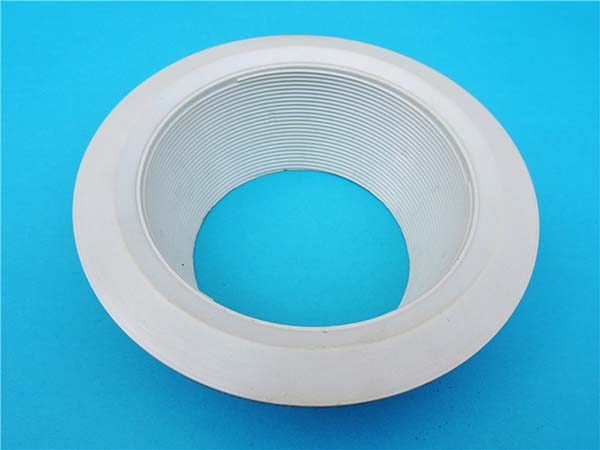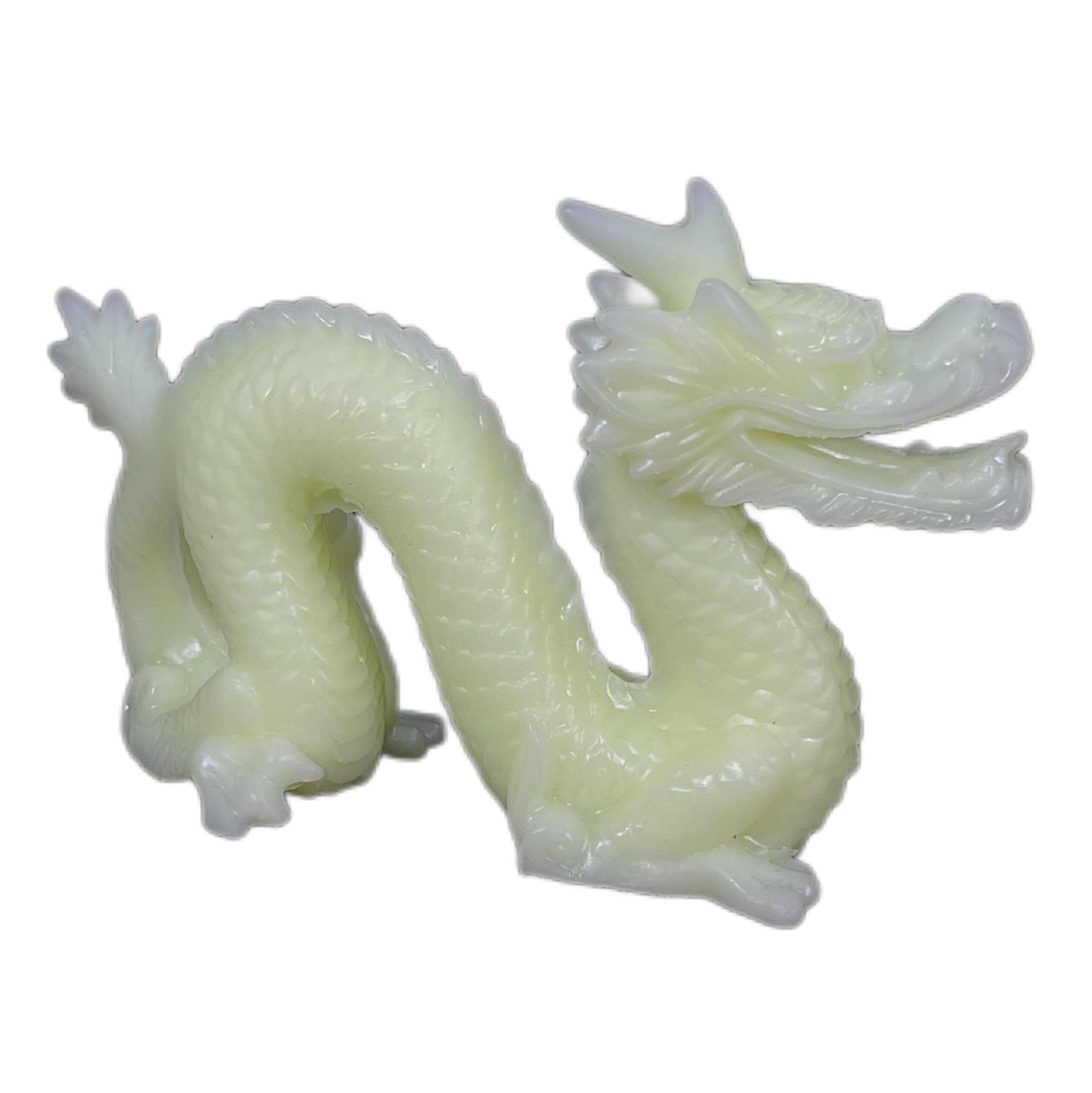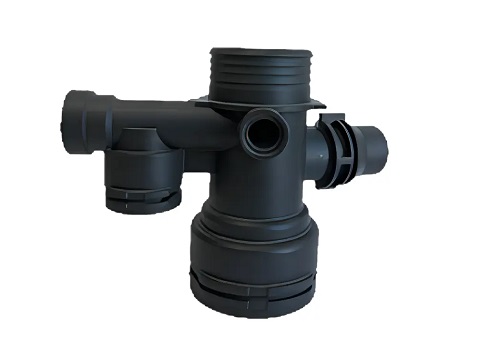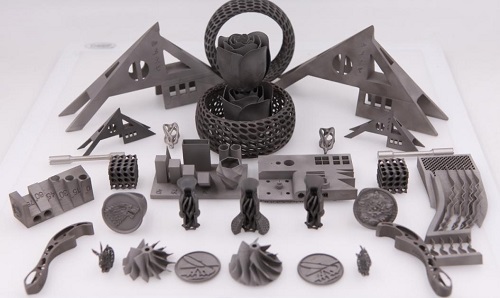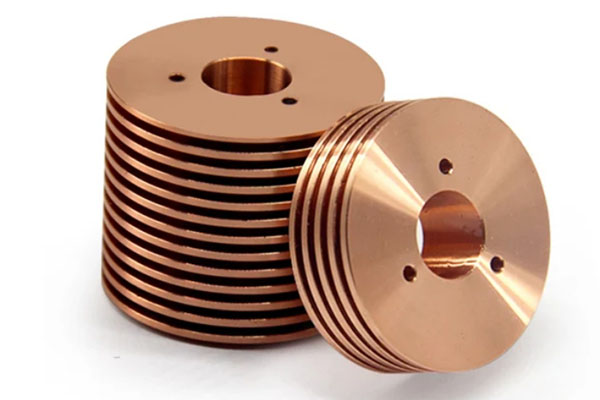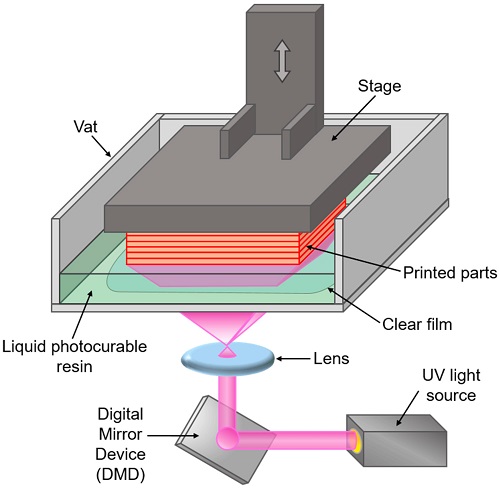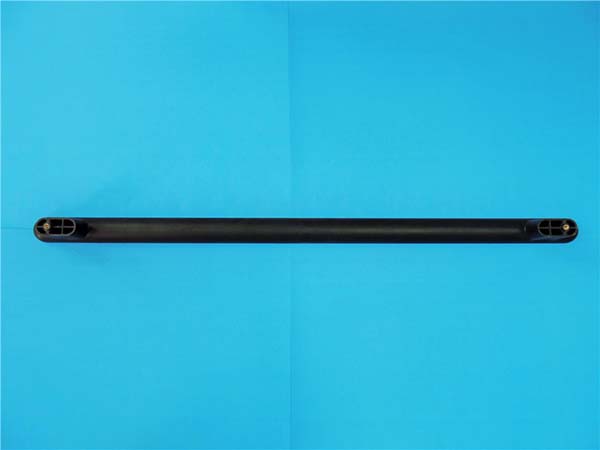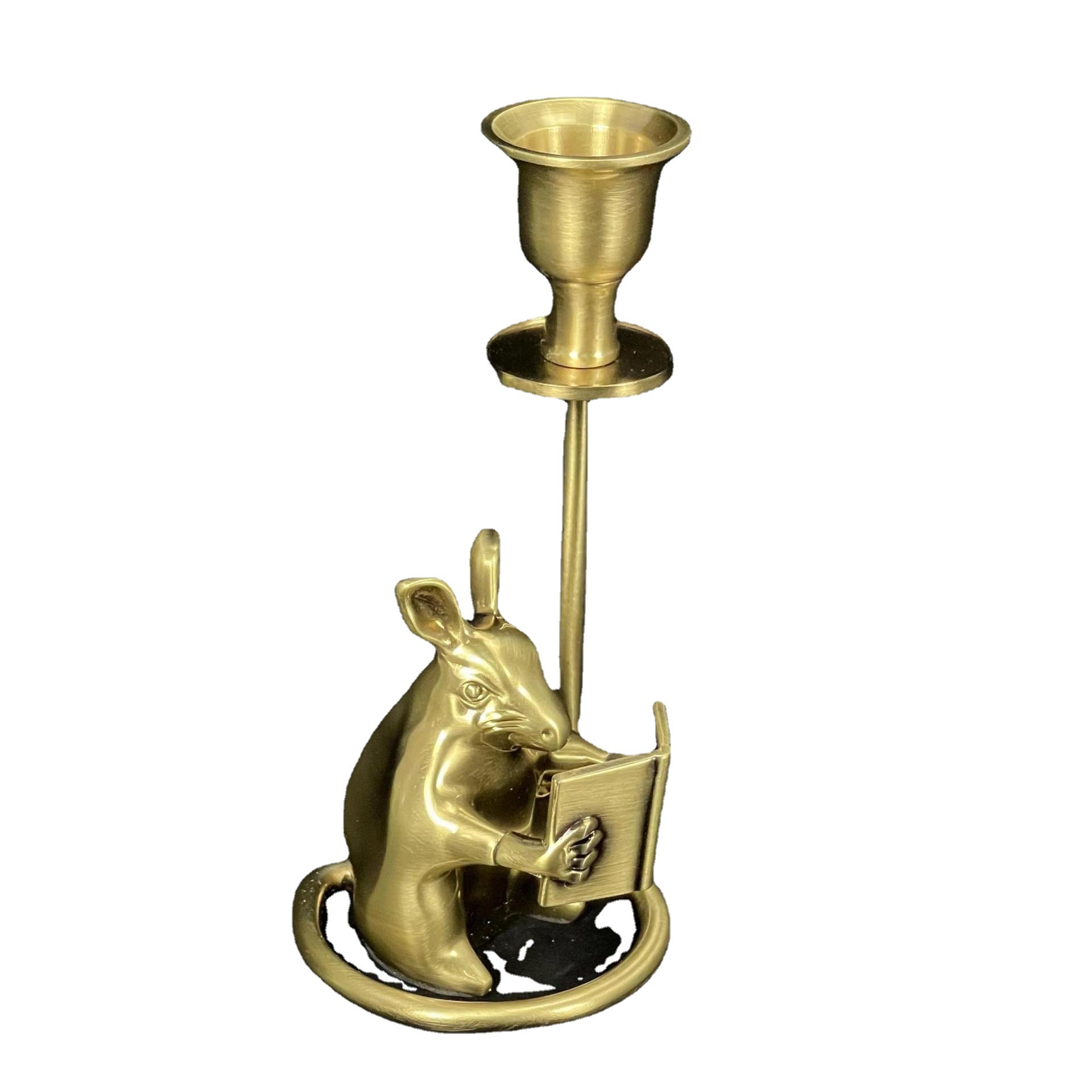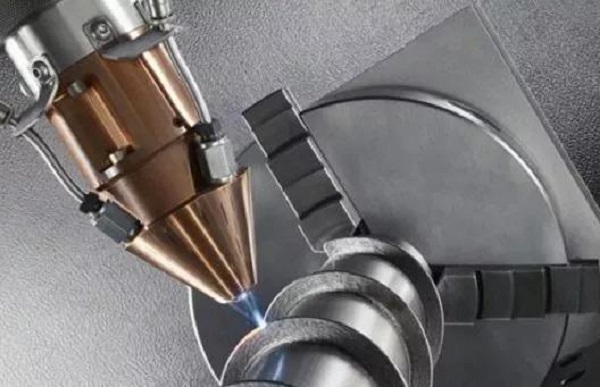Introduction to SLS Printing
What is SLS Printing?
Selective Laser Sintering (SLS) printing is a remarkable additive manufacturing technology that has been making waves in various industries. At its core, SLS printing uses a high - power laser as its primary tool to transform powdered materials into three - dimensional objects.
The process begins with a bed of fine powder, which can consist of various materials such as plastics (e.g., nylon, polypropylene), metals (e.g., aluminum, titanium), ceramics, or even composites. A roller spreads a thin layer of this powder evenly across the build platform. Then, a computer - controlled laser beam scans the surface of the powder layer. The laser selectively heats the powder particles to their melting or sintering point. As the laser moves across the powder bed according to the digital 3D model's cross - sectional data, the powder particles fuse together, creating a solid layer. Once one layer is complete, the build platform lowers slightly, usually by a fraction of a millimeter (ranging from 0.05 - 0.3 mm depending on the material and desired resolution), and a new layer of powder is spread over the previously sintered layer. This iterative process continues, layer by layer, until the entire 3D object is fully formed within the powder bed. The un - sintered powder remains in place during the printing process, acting as a natural support structure for overhanging features and complex geometries. Once the printing is finished, the un - sintered powder can be easily removed and, in many cases, recycled for future prints.
How SLS Printing Works
Step - by - Step Working Process
- Powder Spreading
- At the beginning of the SLS printing process, the powder - feeding chamber's lifting platform rises. This platform contains the powdered material, which can be a variety of substances such as nylon powder for plastic - based SLS prints or metal powder for metal - based components. A powder - spreading roller then moves across the build platform. As it does so, it evenly spreads the powder in a thin layer. The thickness of this layer is carefully controlled and typically ranges from 0.05 to 0.3 mm. For Yigu Technology example, when printing small, highly detailed plastic parts, a layer thickness of 0.05 - 0.1 mm might be used to achieve a high level of precision. In contrast, for larger, less detailed metal parts, a layer thickness closer to 0.2 - 0.3 mm could be selected to speed up the printing process. This initial step is crucial as the even distribution of the powder ensures uniform sintering and, ultimately, the quality of the final 3D - printed object.
- Laser Scanning
- Once the powder layer is in place, a high - power laser beam comes into action. The laser is guided by a computer - controlled system that follows the two - dimensional CAD (Computer - Aided Design) path of the sliced 3D model. The laser selectively scans the powder layer. As it scans, it heats the powder particles to their sintering or melting point. For instance, in the case of nylon powder, the laser raises the temperature of the powder particles in the scanned areas to a point where they fuse together. The energy from the laser causes the powder particles to bond, forming a solid, coherent layer that corresponds to a cross - section of the final 3D object. This selective sintering process allows for the creation of complex geometries, as only the areas that are part of the object's design are sintered, while the remaining powder stays in its loose state, providing natural support for overhanging features.
- Layer - by - Layer Stacking
- After the first layer is sintered, the printing platform descends by the thickness of a single powder layer. This downward movement makes space for the next layer of powder to be spread. The powder - spreading roller once again moves across the platform, depositing a new layer of powder over the previously sintered layer. The laser then scans this new layer, sintering it to the layer below. This process of powder spreading and laser sintering is repeated layer by layer. Each new layer adheres to the one beneath it, gradually building up the 3D object. For a moderately sized 3D - printed object, this process might be repeated hundreds or even thousands of times. For Yigu Technology example, a small mechanical part with a height of 5 cm and a layer thickness of 0.1 mm would require 500 layers to be printed. The precision and consistency of this layer - by - layer stacking process are essential for the overall accuracy and integrity of the final product.
- Post - processing
- Once all the layers have been printed and the 3D object is fully formed within the powder bed, the post - processing stage begins. First, the object is carefully removed from the powder bed. This involves gently shaking off and vacuuming away the loose, un - sintered powder that surrounds the object. In some cases, compressed air may also be used to remove stubborn powder particles from intricate cavities and channels within the object. After the powder is removed, the object may undergo further cleaning and polishing. For metal SLS - printed parts, additional heat - treatment processes such as annealing may be carried out to improve the mechanical properties of the material, relieving internal stresses and enhancing the part's strength and durability. For plastic SLS - printed objects, surface finishing techniques like sanding or vapor - smoothing can be applied to improve the surface quality and aesthetics of the product.
Key Parameters in SLS Printing
- Laser Power
- Laser power is a critical parameter in SLS printing as it directly affects the sintering of the powder material. When the laser power is too low, the powder particles may not reach their sintering or melting point effectively. This can result in weak bonding between the particles, leading to a final product with low strength and poor structural integrity. For Yigu Technology example, in metal SLS printing, if the laser power is insufficient, the metal powder may not fully fuse, causing porosity and cracks in the printed part. On the other hand, if the laser power is too high, it can over - heat the powder. In plastic SLS printing, excessive laser power can cause the plastic powder to char or decompose, ruining the quality of the print. The optimal laser power depends on the type of powder material being used. For nylon powder, typical laser power settings might range from 20 - 50 watts, while for some metal powders, such as titanium, laser powers in the range of 100 - 400 watts could be required.
- Scanning Speed
- The scanning speed of the laser also plays a significant role in SLS printing. A slower scanning speed allows more time for the laser to deliver energy to the powder particles. This can result in better sintering, as the powder has more time to absorb the laser energy and reach the appropriate temperature for bonding. However, a slower scanning speed also means that the printing process takes longer. In a production - oriented setting, this can increase costs and reduce productivity. For example, if a company is producing large - scale 3D - printed parts, a slower scanning speed could significantly extend the production time. Conversely, a faster scanning speed can speed up the printing process but may lead to insufficient energy input into the powder. This can cause incomplete sintering and a decrease in the accuracy and strength of the final product. The relationship between scanning speed and energy input is inversely proportional. A higher scanning speed means less energy is deposited per unit area, and vice versa. To find the right balance, manufacturers often conduct extensive testing, taking into account factors such as the material type, layer thickness, and the desired mechanical properties of the final product. For a standard nylon - based SLS print, a scanning speed of 1000 - 3000 mm/s might be a typical range, but this can vary depending on the specific printer and application requirements.
- Powder Layer Thickness
- The thickness of the powder layer has a direct impact on both the 成型效率 (成型效率: forming efficiency) and the surface quality of the SLS - printed object. A thinner powder layer generally results in a higher - quality surface finish. This is because the laser can more precisely sinter the powder particles in a thinner layer, leading to a smoother transition between layers. For applications where high - precision and a smooth surface are crucial, such as in the production of jewelry or intricate medical models, a very thin powder layer, perhaps as thin as 0.05 - 0.1 mm, may be used. However, using a thinner powder layer also means that more layers need to be printed to complete the object, which increases the overall printing time. In contrast, a thicker powder layer can speed up the printing process. Since fewer layers are required to build the object, the time spent on powder spreading and laser scanning is reduced. But a thicker powder layer can lead to a rougher surface finish. The larger volume of powder in a thicker layer can make it more difficult for the laser to achieve uniform sintering, resulting in a less - smooth surface. For large - scale industrial parts where surface finish is less critical and production speed is a priority, a powder layer thickness of 0.2 - 0.3 mm might be more appropriate.
Materials Used in SLS Printing
Types of SLS Printing Materials
- Plastic Powders
- Nylon (Polyamide, PA): Nylon is one of the most commonly used plastic powders in SLS printing. It offers excellent mechanical properties, including high tensile strength and good impact resistance. For Yigu Technology example, Nylon 12, a popular choice, has a tensile strength of around 40 - 50 MPa. Nylon - based SLS prints also exhibit good chemical resistance, making them suitable for applications in the automotive and aerospace industries. In the automotive industry, nylon SLS - printed parts can be used for functional prototypes of engine components, such as intake manifolds. These parts can withstand the high - temperature and chemical - rich environment under the hood. Nylon is also widely used in the production of consumer goods, like custom - designed sports equipment, where its strength and durability are highly valued.
- Polystyrene (PS): Polystyrene is a relatively inexpensive plastic powder option for SLS printing. It has high transparency in its non - foamed form, with a light transmittance of up to 88% - 92%. PS is easy to process and has a relatively low melting point, which makes it suitable for applications where cost - effectiveness and ease of processing are crucial. It is often used in the creation of small - scale prototypes, such as product design mock - ups. For instance, in the consumer electronics industry, PS can be used to print prototypes of phone cases or small electronic device housings. However, PS has relatively low mechanical strength compared to nylon, with a tensile strength typically in the range of 30 - 60 MPa.
- Polycarbonate, PC: Polycarbonate is a high - performance engineering plastic powder. It has outstanding impact resistance, with an impact strength much higher than that of polystyrene. PC also offers good heat resistance, with a heat - deflection temperature around 130 - 140℃. These properties make it ideal for applications in the aerospace and medical device industries. In aerospace, PC SLS - printed components can be used for interior cabin parts, where they need to withstand high - stress environments during flight. In the medical field, PC can be used to print custom - made medical devices, such as orthopedic braces. However, PC is more expensive than some other plastic powders, and its processing can be more challenging due to its high melting temperature.
- Metal Powders
- Classification: Metal powder SLS can be classified into different methods based on the sintering process.
- Direct Method: In the direct method, high - power lasers directly sinter pure metal powders to form fully dense metal parts. This method is suitable for metals with relatively low melting points, such as aluminum. For Yigu Technology example, aluminum powder can be directly sintered using a high - power laser to create lightweight and high - strength components for the aerospace industry. The advantage of the direct method is that it can produce parts with high density and excellent mechanical properties. However, it requires precise control of the laser parameters and a high - purity metal powder to ensure the quality of the final product.
- ndirect Method: The indirect method uses a mixture of metal powder and a binder. During the SLS process, the binder is melted by the laser to hold the metal powder particles together, forming a green part. After that, the green part undergoes post - processing steps, such as debinding and sintering in a furnace, to remove the binder and densify the metal. This method is often used for metals with high melting points, like tungsten. For instance, a mixture of tungsten powder and an organic binder can be processed through the indirect SLS method. The advantage of the indirect method is that it can handle a wider range of metal materials, but the post - processing steps add complexity and cost to the manufacturing process.
- Two - Component Method: The two - component method involves using two different metal powders with different melting points. One metal powder with a lower melting point acts as a binder for the other metal powder with a higher melting point during the SLS process. This method can be used to create metal matrix composites. For example, a combination of copper powder (lower melting point) and steel powder (higher melting point) can be used. The copper powder melts first and bonds the steel powder together, resulting in a composite material with unique properties.
- Measures to Prevent Oxidation: Since metal powders are highly reactive at high temperatures during the SLS process, it is crucial to prevent oxidation. Sintering is usually carried out in a container filled with protective gases, such as nitrogen, argon, or hydrogen. For example, in a metal SLS printing system, the build chamber is purged with high - purity nitrogen gas before the printing process starts. The nitrogen gas creates an inert atmosphere, preventing the metal powder from reacting with oxygen in the air. This ensures the quality and integrity of the printed metal parts, as oxidation can lead to the formation of oxides on the surface of the metal, which can degrade the mechanical properties of the final product.
- Ceramic Powders
- Role and Types of Binders: Ceramic powders require the addition of binders during the SLS sintering process. The binder plays a crucial role in holding the ceramic powder particles together during the initial stages of sintering.
- Inorganic Binders: Inorganic binders, such as silica - based binders, are often used. They have high heat resistance and can withstand the high - temperature post - processing steps of ceramic SLS parts. For example, a silica - based binder can be used with alumina ceramic powder. After the SLS process, the part can be sintered at high temperatures (usually above 1000℃ for alumina ceramics) to densify the ceramic and remove the organic components of the binder. Inorganic binders are suitable for applications where high - temperature stability is required, such as in the production of ceramic furnace linings or high - temperature sensors.
- Organic Binders: Organic binders, like acrylic - based or epoxy - based binders, are also common. They have good adhesion properties and can effectively bond the ceramic powder particles. However, they need to be carefully removed during the post - processing stage, usually through a process called debinding. For example, an acrylic - based binder can be used to print ceramic art pieces. After printing, the part is heated slowly in a furnace to decompose and remove the organic binder, followed by high - temperature sintering to achieve the final ceramic product. Organic binders are often used in applications where a more complex shape or better surface finish is required, as they can provide better initial adhesion and flexibility during the printing process.
- Metal Binders: Metal binders, such as copper or nickel - based binders, can be used to create metal - ceramic composites. The metal binder not only bonds the ceramic powder particles but also imparts some metallic properties to the final product, such as improved electrical conductivity or enhanced mechanical strength in certain directions. For example, a nickel - based binder can be used with silicon carbide ceramic powder to create a composite material that has both the high - temperature resistance of silicon carbide and the good electrical conductivity of nickel. This type of composite can be used in applications such as electronic packaging for high - power devices, where both thermal management and electrical conductivity are important.
FAQs
What is the typical cost range for an SLS 3D printer?
SLS 3D printers are generally more expensive compared to some other types of 3D printers. The cost can vary significantly depending on factors such as the printer's build volume, laser power, precision, and brand. Entry - level SLS 3D printers may start at around \(50,000, while high - end industrial - grade SLS printers can cost upwards of \)500,000 or even more. For Yigu Technology example, some large - format SLS printers with high - power lasers and advanced features used in aerospace or automotive manufacturing can reach prices in the millions of dollars. Additionally, the cost of powder materials, maintenance, and post - processing equipment also needs to be considered when calculating the overall investment in SLS 3D printing.
Can SLS printing be used for large - scale mass production?
While SLS printing has made significant progress, large - scale mass production with SLS still faces some challenges. The high cost of SLS equipment and materials is a major factor. The price of SLS printers, as mentioned above, can be very high, and the cost of powder materials, especially for high - performance metals or special polymers, is also relatively expensive. In addition, the printing speed of SLS is relatively slow compared to some traditional mass - production methods such as injection molding. Although some advanced SLS systems have improved in speed, they still may not be able to meet the high - volume production requirements of large - scale mass production. However, SLS printing is well - suited for small - batch production and customized manufacturing. It can produce complex - shaped parts with high precision and short lead times, which is very beneficial for products with low - volume and high - variety requirements, such as customized automotive parts or small - scale production of high - end consumer goods.
How does the surface finish of SLS - printed parts compare to injection - molded parts?
Injection - molded parts generally have a smoother surface finish. Injection molding uses molds to shape molten materials, which can result in a very smooth and consistent surface. The surface roughness of injection - molded parts can be extremely low, often in the range of Ra 0.1 - 0.5μm. On the other hand, SLS - printed parts typically have a rougher surface. The sintering process of powder materials in SLS leaves a granular or porous texture on the surface, and the surface roughness is usually in the range of Ra 5 - 20μm. Additionally, the internal structure of SLS - printed parts may be more porous compared to injection - molded parts, which can also affect the overall surface quality and mechanical properties. However, post - processing techniques such as sanding, polishing, and vapor - smoothing can be used to improve the surface finish of SLS - printed parts, bringing them closer to the surface quality of injection - molded parts in some cases.
